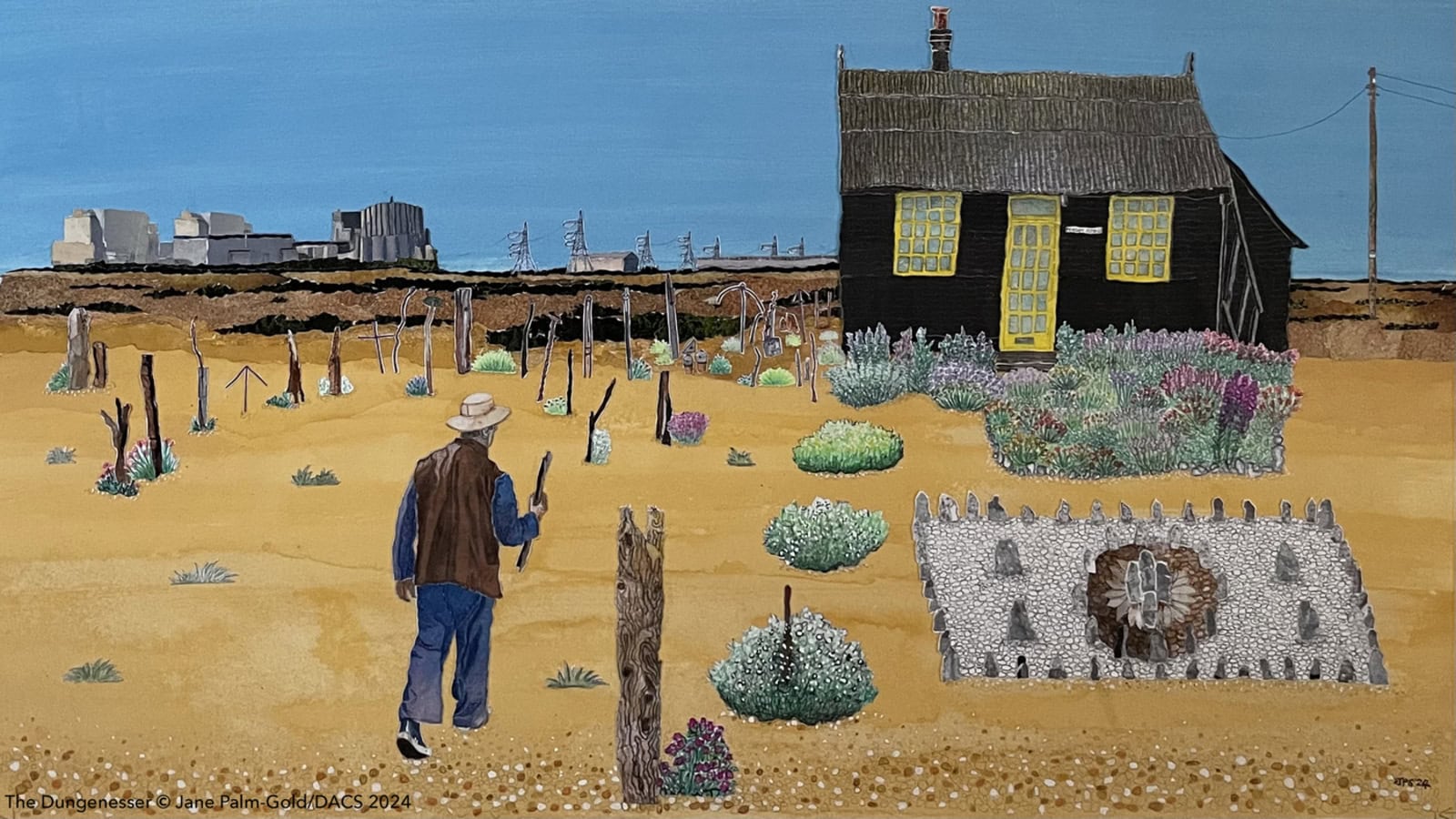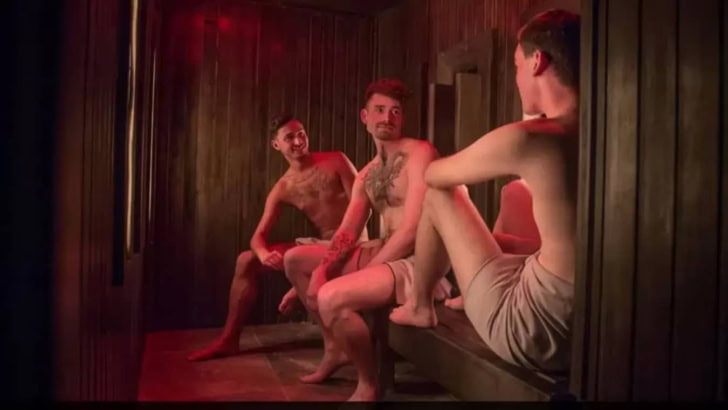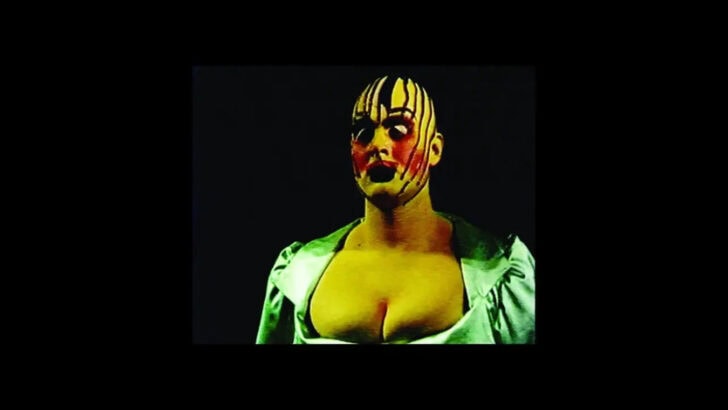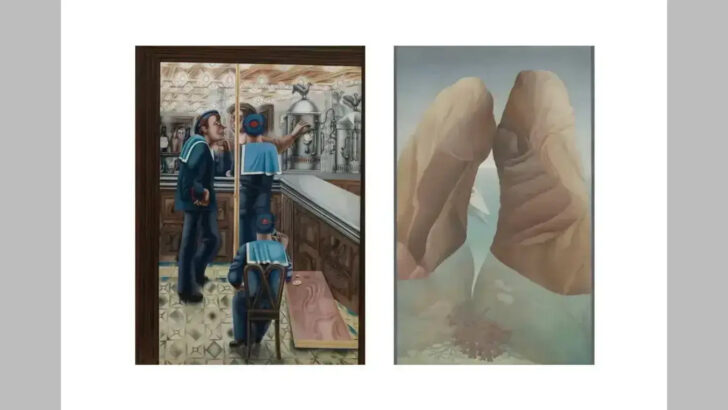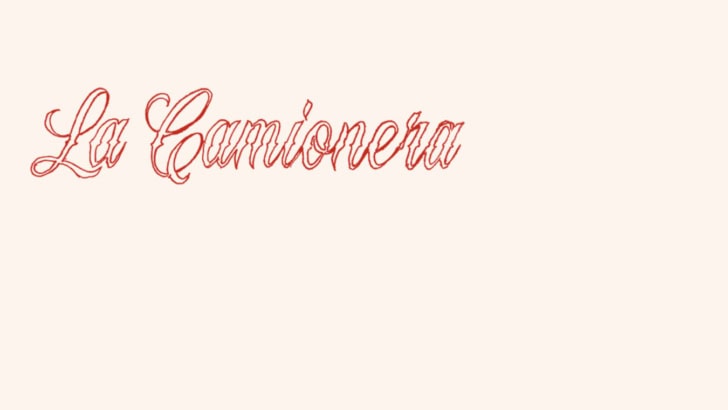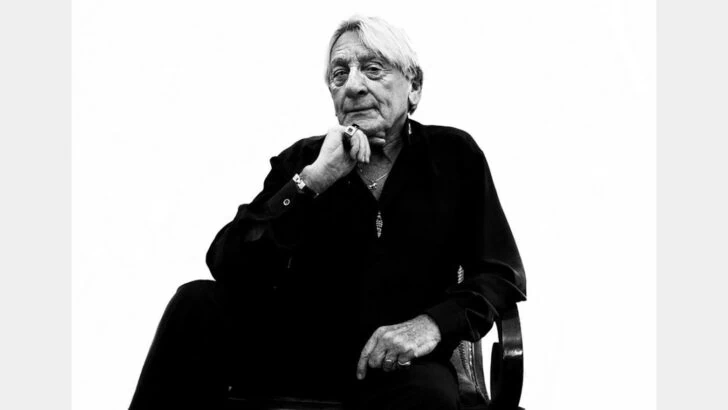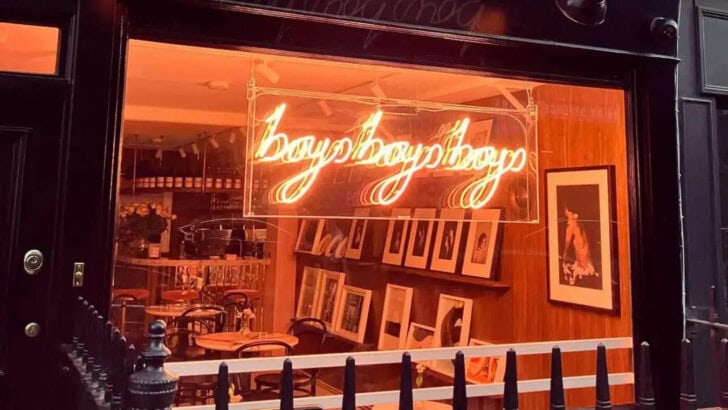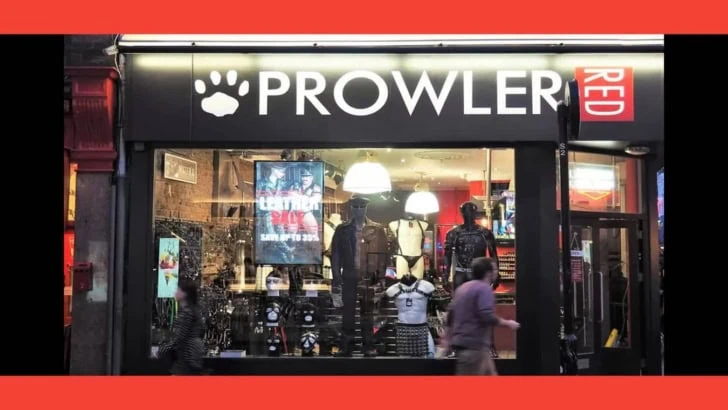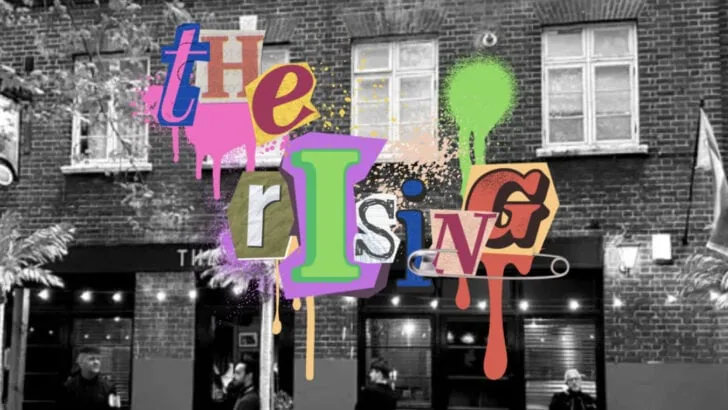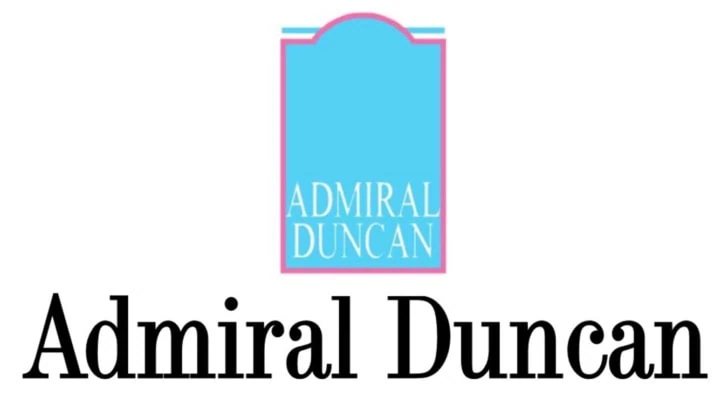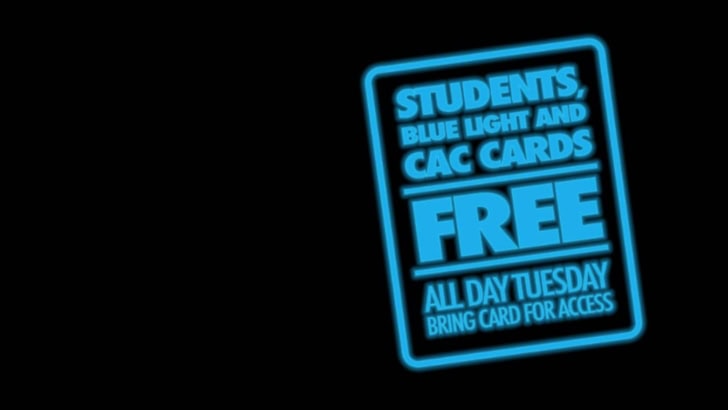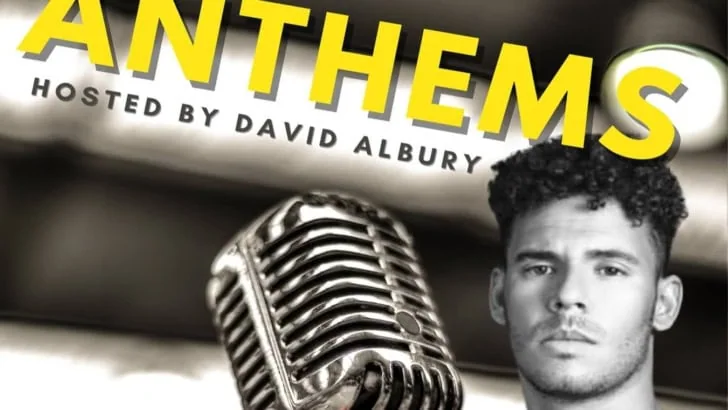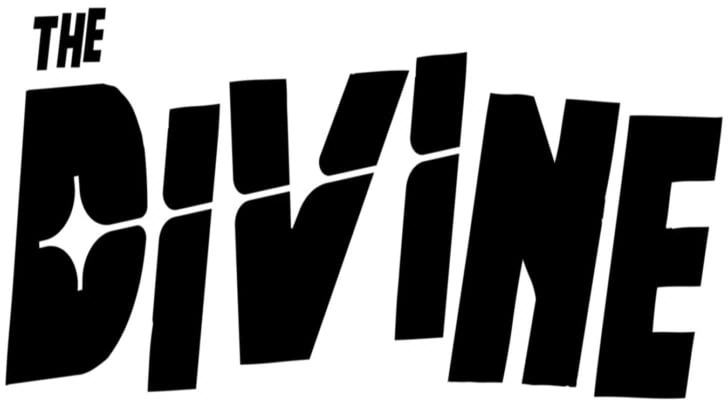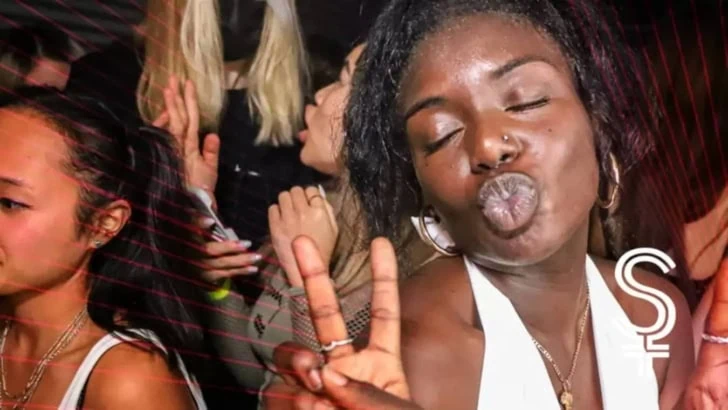Jane Palm-Gold is an artist, curator, historian, and resident of St. Giles. Her research and creation took five years and culminated in a powerful and touching insight into Derek Jarman’s life.
The paintings, drawings, and prints that have emerged from this analysis are complemented by photographs by Derek Ridgers
Jane’s paintings, drawings, and prints are displayed alongside unseen portraits of Jarman by British photographer Derek Ridgers (famed for his work in music, film, and club/street culture). Ridgers shot the portraits in London and Dungeness in the late 1980s. He captured Jarman burning books at Phoenix House and walking the land on the Fifth Continent, his beloved Dungeness.
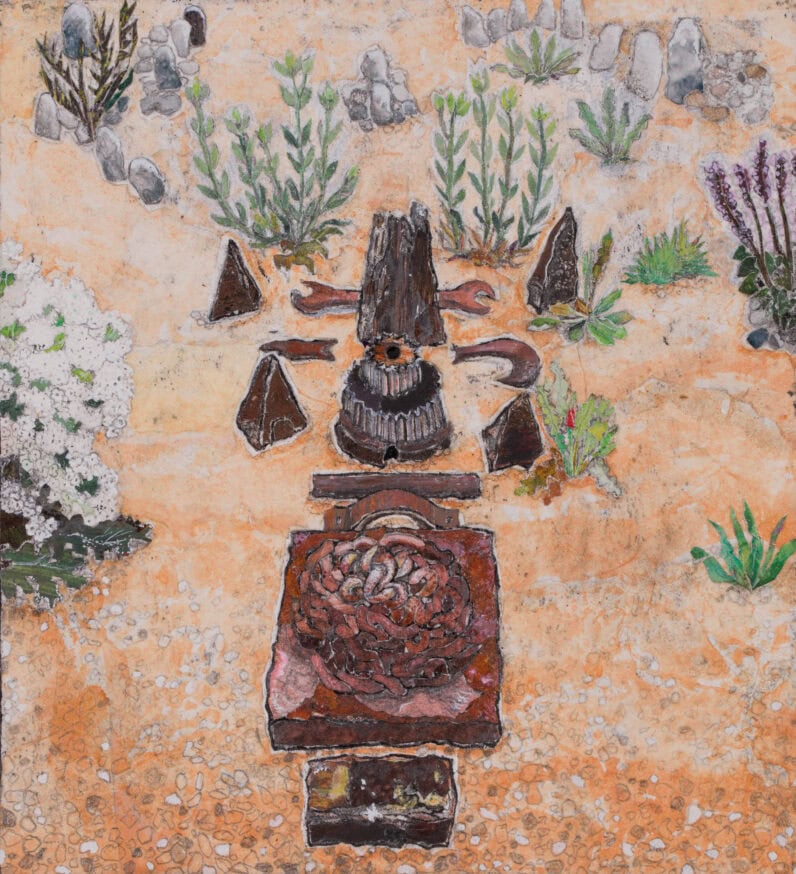
Beginning at Phoenix House in St. Giles, Jane Palm Gold embarks upon a journey From Soho to the Fifth Continent to seek out Derek Jarman’s relationship with the land: at home in the city, Phoenix House in London’s West End, and then to live within nature and his garden at Prospect Cottage, Dungeness.
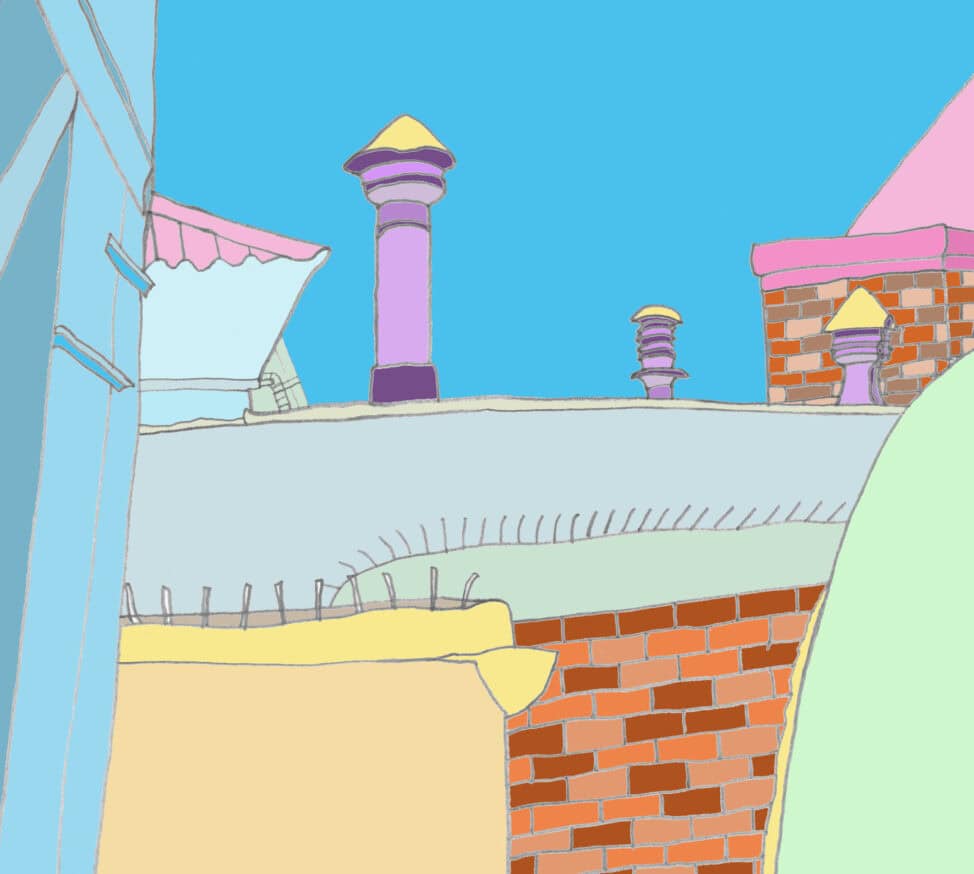
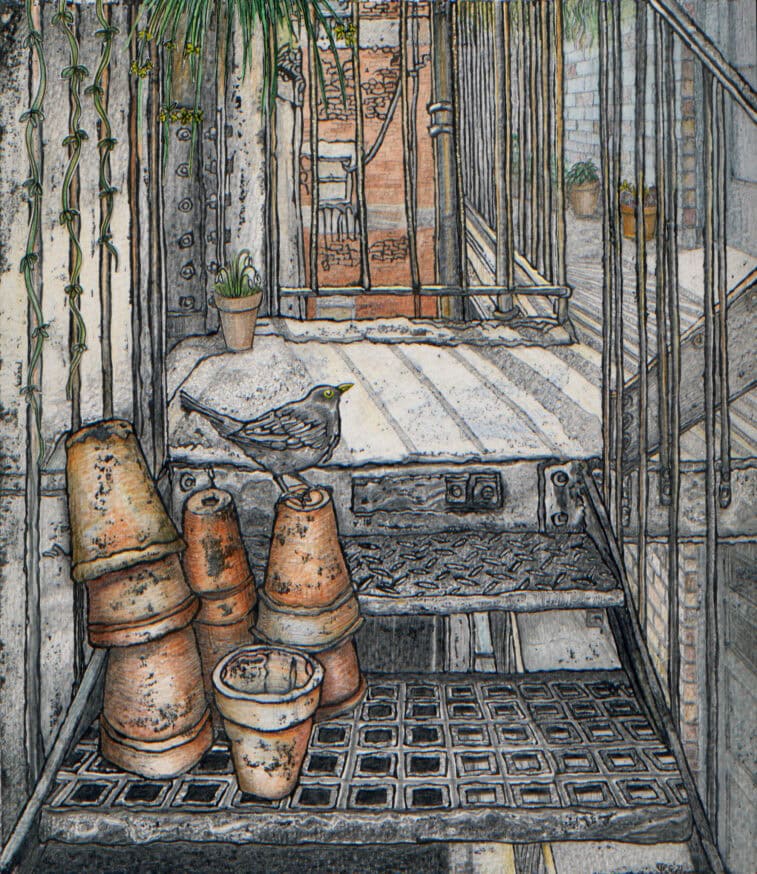
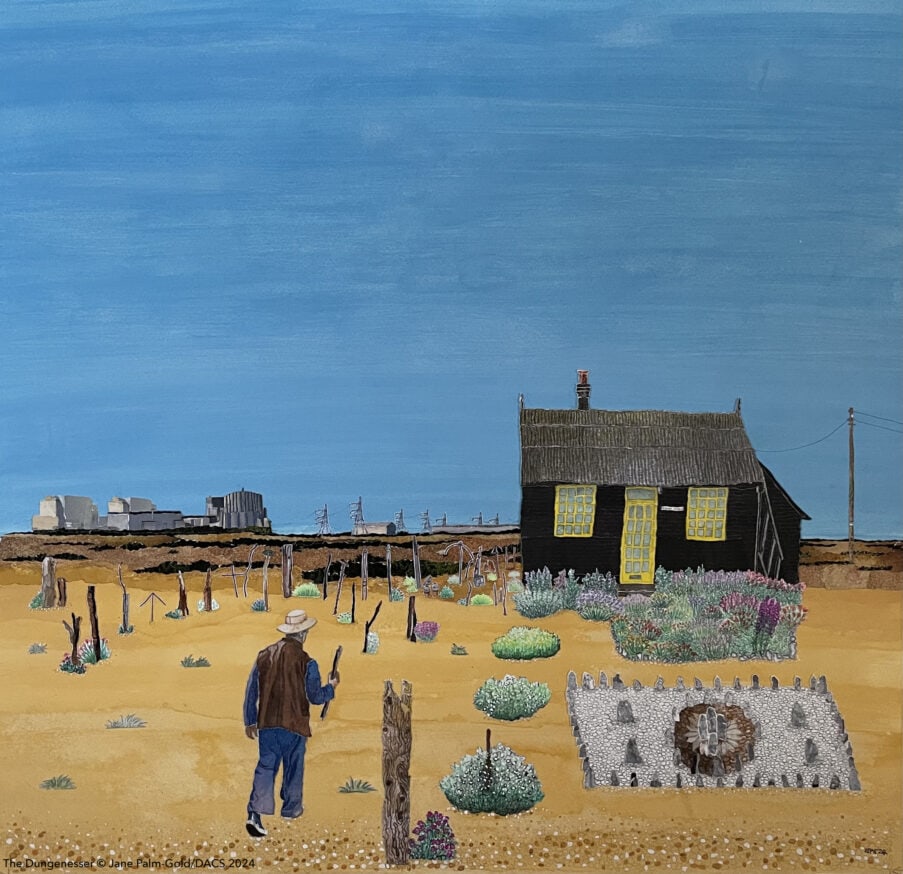
All images supplied.
When and where is Derek Jarman: From Soho to the Fifth Continent?
Open from 3 – 18 September 2024, 12 to 6 pm daily, with free entry. The Farsight Gallery, 4 Flitcroft Street, London WC2H 8DJ, United Kingdom.
The Farsight Gallery in London will host two other free evening events
Wednesday, 11 September: Screening: Derek Jarman’s The Garden (1990) at 7pm
Thursday, 12 September: Illustrated exhibition talk by Jane Palm-Gold: Derek Jarman: From Phoenix House to Prospect Cottage at 7pm.
Who was Derek Jarman?
Derek Jarman was an English filmmaker, artist, stage designer, costume designer, writer, poet, gardener, and gay rights activist.
Jarman studied history and art history at King’s College. In 1963, he began studying art in Pop Art London. In the general mood of optimism from the mid-1960s onward, he began to openly confront his homosexuality.
Derek Jarman took on the set design for Ken Russell’s films The Devils (1971) and Savage Messiah (1972). He then began to make experimental films, first in Super 8 format. Jarman presented his first feature film in 1976 with Sebastiane, an openly homosexual film about the life of the early Christian martyr Sebastian – in Latin! This was followed by “Jubilee” (1978), a sarcastic allusion to the crown jubilee of Elizabeth II in 1977.
Jarman then turned to Shakespeare, which he filmed in the punk revue The Tempest (1979) and the erotic-themed work The Angelic Conversation (1985). With Caravaggio (1986), Jarman approached the passions depicted in the Renaissance painter’s paintings, which the director re-staged.
At the end of 1986, Jarman learned of his HIV infection. His films The Last of England (1987) and War Requiem (1989) were made under the AIDS threat and the Falklands War. They both deal with the themes of death and destruction.
The Garden (1990) was loosely based on the story of Christ’s crucifixion. Christ’s figure is replaced by a couple of gay men, an allegory of the suffering of gays during the AIDS pandemic and their ostracism from society.
His films about the ambivalent historical figures of Edward II (1991) and Wittgenstein (1992) also deal with homosexual dramas.
When Derek slowly went blind, he made Blue in 1993. The film only shows a blue screen and otherwise lives from its texts and sounds.
